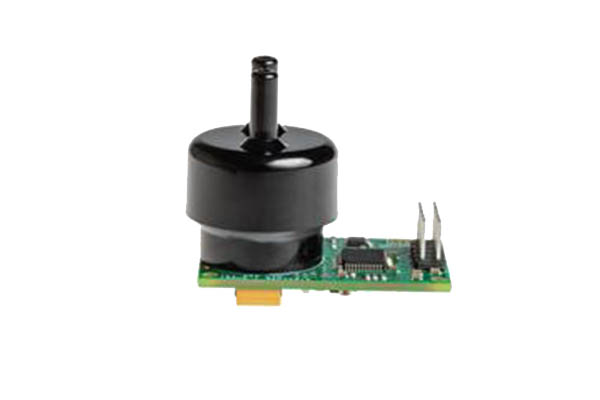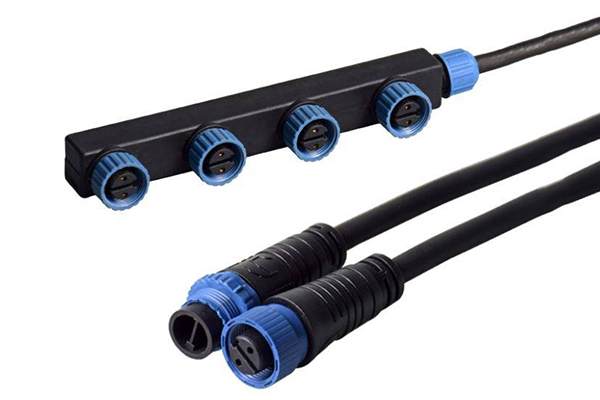In the food industry, vacuum packaging removes oxygen and prevents food spoilage. Vacuum packaging machines are widely used for processed foods because they require large-scale production with significant raw materials, necessitating an extended shelf life. Methods such as high-temperature cooking are often used to extend shelf life, and vacuum packaging is essential in this process. By removing oxygen from the packaging bag and the food cells, vacuum packaging takes advantage of the fact that the growth of most microorganisms, such as molds and yeasts, requires oxygen, effectively depriving them of their “habitat.”
Vacuum packaging machines primarily work by extracting air from the vacuum bags to prolong packaged foods’ shelf life and storage effectiveness. Different types of packaging require different levels of vacuum. For products that demand strict air control, high-power vacuum pumps are used to eliminate air.
The Importance of Vacuum Levels:
However, sometimes vacuum-sealed food products may experience “bag inflation” due to insufficient vacuum levels. Inexpensive vacuum packaging machines often fail to meet the required vacuum levels. Commercial vacuum packaging machines typically achieve vacuum levels ranging from 600-50 Pa, with accompanying vacuum pump prices varying from a few tens to several hundred thousand yuan. Naturally, the shelf life of products packaged by a small-scale vacuum packaging machine costing a few thousand yuan differs from that of a large-scale machine costing hundreds of thousands.
The vacuum pump used determines the vacuum level of a vacuum packaging machine. Currently, there are three types of vacuum pumps in the market: domestic, joint-venture, and imported. While these pumps are functionally similar, they differ significantly in terms of extreme vacuum levels, which is particularly important for food enterprises as different foods have varying vacuum requirements.
Monitoring Vacuum Levels with High-Response Thermal Conductivity Gas Sensors:
When evaluating the vacuum level of a vacuum packaging machine, high-response thermal conductivity gas sensors (thermal conductivity gas sensors) are commonly used. These sensors can monitor vacuum level changes during the vacuuming process of packaging food, ensuring the integrity of food packaging.
The MTCS2601 thermal conductivity gas sensor, manufactured by Neroxis in Switzerland and available through GONGCAI.com, is based on the Pirani principle for vacuum level detection. It is a low-power, long-life, and maintenance-free product suitable for primary pressure control in harsh environments, where power consumption, size constraints, gas leakage, moisture intrusion, or infiltration are critical.
The MTCS2601 sensor consists of four Ni-Pt resistors based on MEMS technology, forming a micro-mechanical thermal conductivity sensor. This sensor is installed in a small SMD package and combines low-power CMOS standard integrated circuits, making it ideal for leak detection in OEC manufacturing or vacuum-level detection based on the Pirani principle, where ultra-low power consumption, long lifespan, and maintenance-free operation are required. It is suitable for primary pressure control in harsh environments with power and size limitations or in the presence of gas leakage, moisture, or intrusion.
Key Features of the MTCS2601 Thermal Conductivity Gas Sensor:
- Measurement range: 0.0001~1000 mbar with excellent repeatability.
- The silicon chip includes heating resistors and excellent temperature compensation.
- Ultra-small gas volume (<0.1 cm3) occupied by the sensor.
- Stable and long mean time between failures (MTBF) (>30,000 hours) based on physical impedance induction.
- Ultra-low power consumption (<6 mW) due to the use of MEMS sensors with small heating elements.
- Ultra-fast response time (<50 ms).
- Insensitive to the installation position.
- Compatible with a simple constant temperature circuit.
- It can be used in environments with interfering gases.
Applications of the MTCS2601 Thermal Conductivity Gas Sensor:
- Monitoring H2, CH4, CO2, and LPG gases in indoor and outdoor air.
- Process control in the food industry (e.g., measuring CO2 in carbonated beverages).
- Hydrogen sensors for fuel cells.
- Measuring CH4 in biogas plants.
- Detecting refrigerant gases (CFCs, PFCs, HFCs, etc.).
- Electronic products (e.g., helium control in diving equipment).
- Respiratory system monitoring (medical applications).
- Leak control in closed systems operating under inert gases (e.g., strain gauges, hard disk quality control).
- Vacuum Level/Pressure Measurement Sensor Applications:
- Fixed and portable analytical instruments.
- Leak detection and primary vacuum control in closed systems (e.g., kinetic energy storage systems).
- Vacuum equipment used in the semiconductor industry.
- Food industry (vacuum packaging machines).
Generally, Pirani micro-sensors occupy a small area and can be integrated into any major vacuum system that requires their control (e.g., seal control, potential corrosion, or accidental opening).
Recommended Operating Conditions for the MTCS2601 Thermal Conductivity Gas Sensor:
The MGSM2601 has four separate resistors: Rm1 and Rm2 on the thin film for heating/measurement and Rt1 and Rt2 on the “cold part” of the sensor for temperature measurement and compensation. A constant overheating mode is recommended for pressure measurements in a low vacuum. This is an excellent method to avoid sensor damage, as the pressure-induced change in thermal conductivity within a certain range depends on the application’s rapidity.
Storage Conditions:
- Temperature: -40~100°C
- Humidity: 0~100%RH, non-condensing
- Mechanical Pressure Testing:
- Gravity acceleration: 1000g, 0.2mS, semi-sine wave
- Vibration: 10g RMS, sine wave: 20~2000Hz
Conclusion:
High-response thermal conductivity gas sensors, such as the MTCS2601, are crucial components in monitoring vacuum levels during the vacuum packaging process in the food industry. Their ability to detect changes in vacuum levels rapidly ensures the quality and integrity of food packaging. With its outstanding features, including a wide measurement range, excellent repeatability, low power consumption, and fast response time, the MTCS2601 is well-suited for various applications, ranging from gas concentration measurements to vacuum level/pressure measurements. By utilizing advanced sensor technology, the food industry can achieve better control over the packaging process, extend shelf life, and ensure the safety and quality of packaged food products.


